Description
The science of spice delves into the complex chemistry, biology, and sensory experiences involved in how spices are grown, processed, and consumed. Spices, derived from different parts of plants (seeds, bark, roots, fruits, or flowers), contain a variety of compounds that contribute to their unique flavors, aromas, and health benefits. Here’s an overview of the science behind spice:
### 1. **Chemical Compounds in Spices**
Each spice has a unique chemical profile that influences its flavor and aroma. These compounds interact with our sensory receptors and contribute to the taste and smell we associate with each spice. Some key compounds include:
– **Terpenes**: Found in spices like ginger and cumin, these compounds give spices their aromatic qualities.
– **Capsaicin**: The compound responsible for the heat in chili peppers. It stimulates receptors in the mouth that cause a sensation of spiciness or burning.
– **Allicin**: Found in garlic and onions, it gives them their pungent aroma and taste.
– **Curcumin**: The active compound in turmeric, known for its bright yellow color and health benefits.
– **Piperine**: Found in black pepper, it gives pepper its sharp and pungent flavor.
### 2. **Biological Functions of Spices**
Spices evolved to have strong flavors and aromas as a way of protecting the plants from pests and pathogens. These compounds can act as:
– **Antioxidants**: Many spices are rich in antioxidants, which help neutralize free radicals and reduce oxidative stress. Examples include cinnamon and cloves.
– **Antimicrobial Properties**: Spices like garlic, ginger, and turmeric have natural antimicrobial and antifungal properties, which can help prevent food spoilage and infections.
– **Anti-inflammatory Effects**: Many spices have anti-inflammatory properties, such as turmeric (due to curcumin), which can reduce inflammation in the body.
### 3. **Spices and the Human Senses**
When we consume spices, we engage multiple senses:
– **Taste**: The primary taste sensations we experience from spices include sweetness, bitterness, sourness, and spiciness (or heat). For example, cinnamon is sweet, while chili peppers are spicy.
– **Smell**: Aroma is a key part of how we perceive flavor, with some spices having strong, distinctive smells that activate our olfactory senses. Terpenes, like those in basil and rosemary, contribute to this experience.
– **Touch**: Certain spices, like chili peppers, can trigger a physical sensation in the mouth. Capsaicin, for instance, binds to pain receptors in the mouth, which is why we feel a burning sensation.
### 4. **Health Benefits of Spices**
Many spices have been studied for their potential health benefits. Some examples include:
– **Turmeric**: Contains curcumin, a compound with anti-inflammatory and antioxidant properties. It is believed to support joint health and improve cognitive function.
– **Ginger**: Known for its digestive benefits, ginger can help alleviate nausea and promote digestion. It also has anti-inflammatory and pain-relief properties.
– **Cinnamon**: Contains compounds that may help lower blood sugar levels and improve heart health.
– **Pepper**: Piperine in black pepper may improve nutrient absorption and boost metabolism.
### 5. **Spices in Cooking**
The way spices are used in cooking can alter their chemical composition and the way we experience their flavor. For instance:
– **Cooking Methods**: Roasting or frying spices can intensify their flavors, as heat can release essential oils. For example, toasting cumin seeds releases more of their earthy flavors.
– **Combination of Spices**: The practice of combining different spices (like in curry or garam masala) relies on the interaction between different chemical compounds, which can create more complex and harmonious flavors.
### 6. **The Evolution of Spice Use**
Historically, spices were used for more than just flavor—they were prized for their preservative, medicinal, and cultural significance. Over centuries, spices have been traded globally, influencing cuisines and cultures. The spice trade was a major factor in the exploration and development of international trade routes.
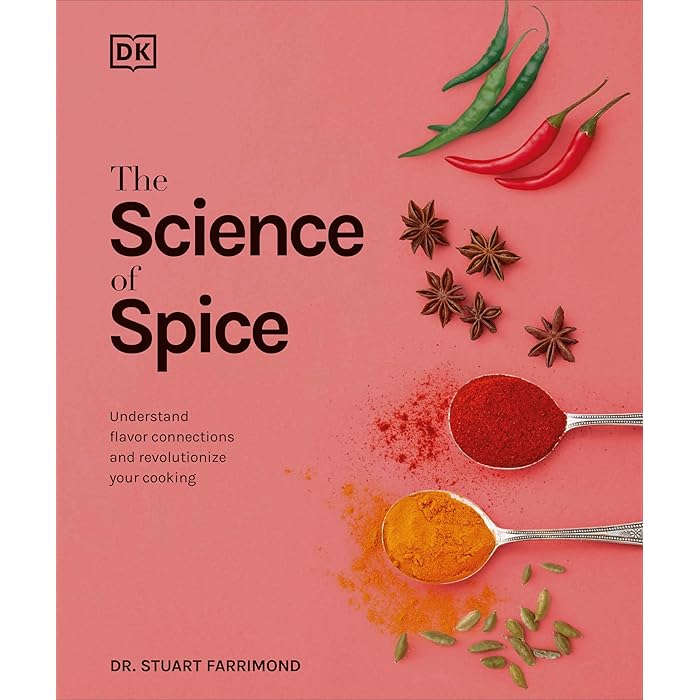








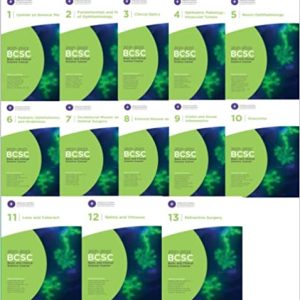

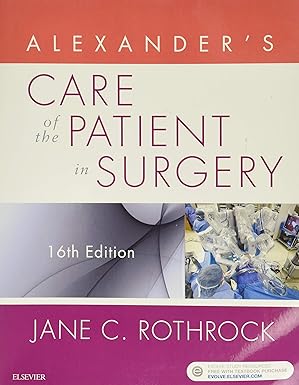









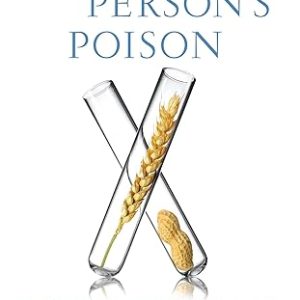
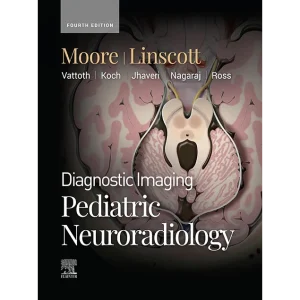













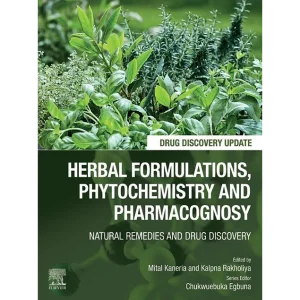





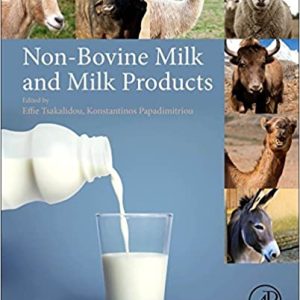







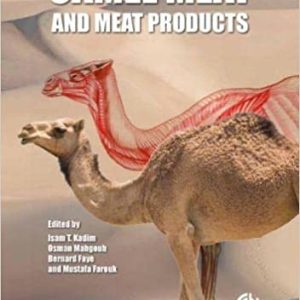

Reviews
There are no reviews yet.